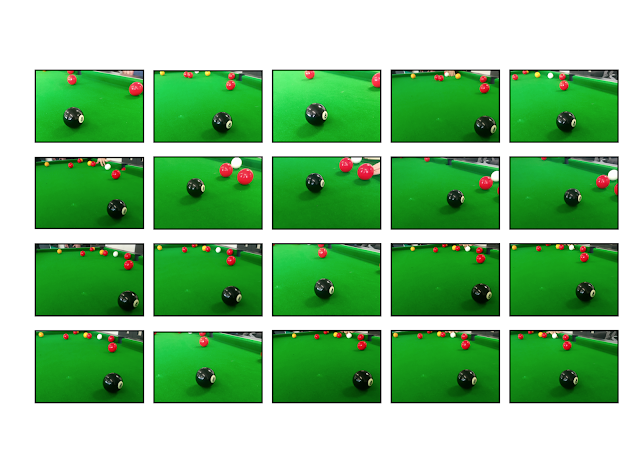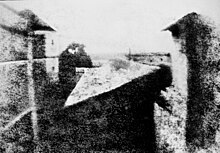David Bailey
This Task
The objective for this task is to do artist research about the photographer David Bailey, I am going to find out a lot of information about himself and his photographic career. This information will give me knowledge and will enable me to do well within this unit of work. It is very important to find out a general background of an artist in order to continue and this helps and gives you a head start when progress will the photographic study and learning. Within this blog task I am aiming to get a distinction.
Research...
David Bailey, was born on the 2nd of January 1938 (age 78), in Leytonstone, East London. He is famous most for his photography in fashion and portraiture. He had known about the logic of photography and knew what he wanted to do since the game of sixteen, but however started taking his photos in 1959 and is still continuing to produce his famous images. He had grown up and had a love for natural history, this encourages him into learning and taking up an interest with photography. He had suffered from undiagnosed dyslexia, which led to problems in school with him learning, as well as having dyslexia he also has dyspraxia. He wasn't a lover of school, he only had attending rarely, due to this he had left school at the young age of fifteen. He had then worked as a copy boy for the 'Yorkshire Post'. In 1959 he was called up to serve in the National Service. After that in 1957 he served in the Royal Air Force (RAF) in Singapore. This helped him to look at the creative side of the sights which he was seeing. As well as many photographers he had, had some previous war experience, this usually inspires may photographers. Around this time he had bought a 'Rolleiflex Camera', this helped to inspire him to take images.
In then stepped down from the role in the national service and was able to pursue his career in photography, at this point he had purchased his first 'Canon Camera'. As he had no qualifications he was unable to join the 'London College of Printing', however he became a second assistant to 'David Ollins', with this job he had only earnt £3.50 a week.
He was later contracted as a fashion photographer by the British Vogue magazine in 1960, this was the start of his fashion photography career. In the 60's he had helped to create the 'Swinging London', this had showed both the fashion and the celebrities within the 60s. 'David Bailey', had taken portraites and also fashion body shots of famous, well-known people, for example, his most famous picture of the 'Kray Twins'. This helped him when he was gaining his fame within the photography industry.

'David Bailey', began his career in the fashion field in the late 1950's after working with and alongside many fashion photographers, in 1962 after all of his learning and experiences he was officially appointed and put onto the job of fashion photography with 'Vogue". During his time as a photographer he had won many awards for his skills and photography. He ha many positives and negatives within his career and the way of life he had, he had a hard time in the army and didn't complete school in order to go to the colleges in which he wanted, this then experimented with his work, which helped to get him where is is today, after his promotion with famous fashion magazine, he became a very successful career in photography. He is now a professional which takes pictures of famous people all around the world.
When 'David Bailey', photographs, he uses many different techniques and equipment in order to create such great images, in mostly all of his portraits, he used a plain white background in order to make the faces stand out and to draw the attention to only their faces, he turns all of his pictures into black and white to create a dramatic affect within all of him pictures, this represents his style of photography very well. He uses the technique of using a tight crop, black and white film, white or grey background, this is what he uses to create the affect. His technique when taking pictures of a person if to sit and talk to them for a long time and get to known them and to understand their personality, when he takes his pictures he makes sure that the personality of the person come through, he wants people to look at the picture and instantly understand their personality within one picture.
This technique is shown in this image below, it shows the black and white film, the white background the focus on the face, this image shows off the personality of 'Jack Nicholson', it shows his personality of being fun, and very amusing 'David Bailey', has really thought about the techniques in which he used. His photos are taken in the location of a studio, which has all the equipment which is needed, like his camera and the backgrounds (plain white or grey).
How will this help me in the future of the course?
Researching about one photographer is very beneficial as you are able to study one persons techniques and the way in which they capture different images, this will help as I could possibly try and use his techniques within my own work. After researching into David Bailey I have gained knowledge about a portraiture and fashion photographer like him. Now I will be able to provide a reference back to David Baileys work.









